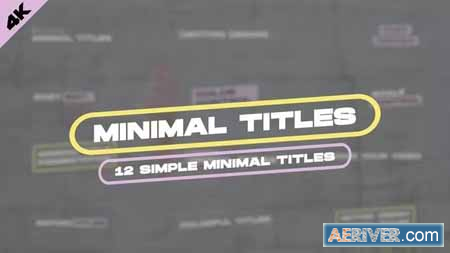

Both tools, RMS curve and range stitching, are really good for getting a better local stitch, but sometimes, it is not enough. One of the big projects of 360° video is managing parallax. Watch the introduction video introduction on range stitching in Autopano Video 2 New Mask timeline track

Using range stitching, it will show a lower RMS over the selected range, whereas current time stitching gets the best just for that frame. It is interesting to look at this feature while analysing the RMS curve. This function gives very good results in every situations and is also advised for stitching easy cases. The stitching on a selection allows to stitch on a sequence of the video, using automatically the best instants for each video pair. To be able to manage the two problems, we introduced range stitching in Autopano Video 2.0. Optimal stitch for a given content: If your camera is stationary or if the content relative to the camera is globally the same, it should be possible to get an optimal stitch for that range of time.
#Free autopano video pro full
Over the full video or a large range of time, globally, all the data needed to get a stitch is there, but not at a single moment in time. It is only at some different moments, that some pairs of cameras have relevant links.

This is the RMS error curve, which is the equivalent of the RMS value when stitching a still panorama but along the video. That could be a good solution to understand what is happening along a video. How cool would it be to be able to visually see the stitching quality. When we did that split, an idea came to us.

These new tracks allow you to compute new stitches without losing all the work you did to keep a straight horizon over the time. The "Camera" track of the previous Autopano Video version has been split into two separate tracks: "Horizon" and "Stitch". Watch the introduction video on director's cut in Autopano Video 2 Improved stitching / horizon track / RMS curve Projection: projection of the rendering camera.Orientation: orientation of the rendering camera.The new timeline tab "Authoring" gives access to two new tracks, defining the director's cut rendering camera over the time: At any time, you can switch the video editing mode between standard full sphere output and director's cut video output. All the Autopano output projections (Planar, Little planet, Fisheye.) are available and can be smoothly interpolated from one to another. The video generated in this mode can have the aspect ratio of your choice and is dedicated to be shared as a standard video (no 360 video viewer needed). It allows you to define a rendering camera, with projections and orientation that can change over time. This means framing the view and allowing creativity after stitching. When creating 360 video, one of the big challenges after that, is to be able to produce a standard video out of the 360 video, by selecting projections, crop zones, orientation, etc. It is by far the most advanced video stitching engine we've built, with a lot of new and unique features. This is the final version of the new Autopano Video engine v2.


 0 kommentar(er)
0 kommentar(er)
